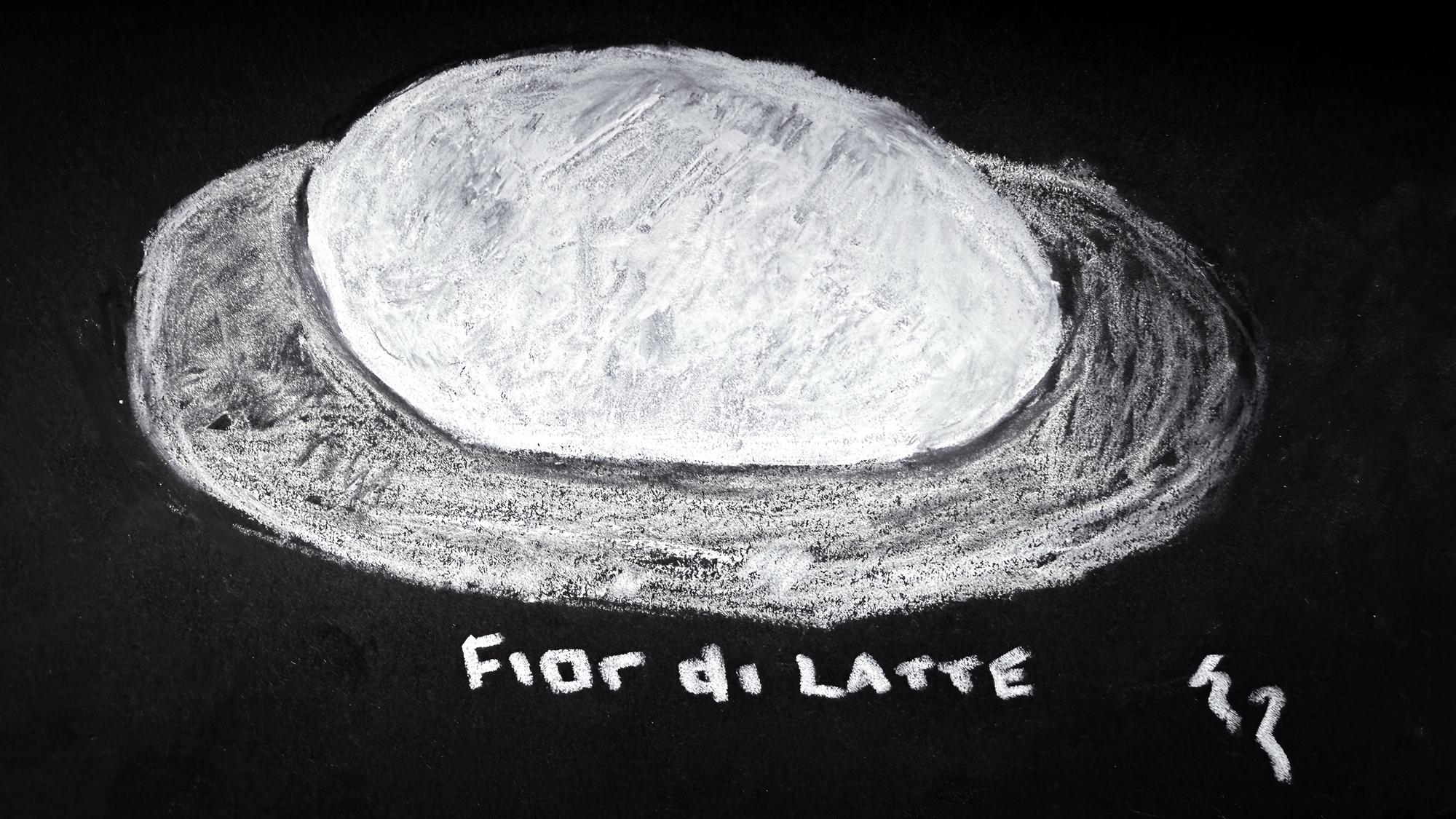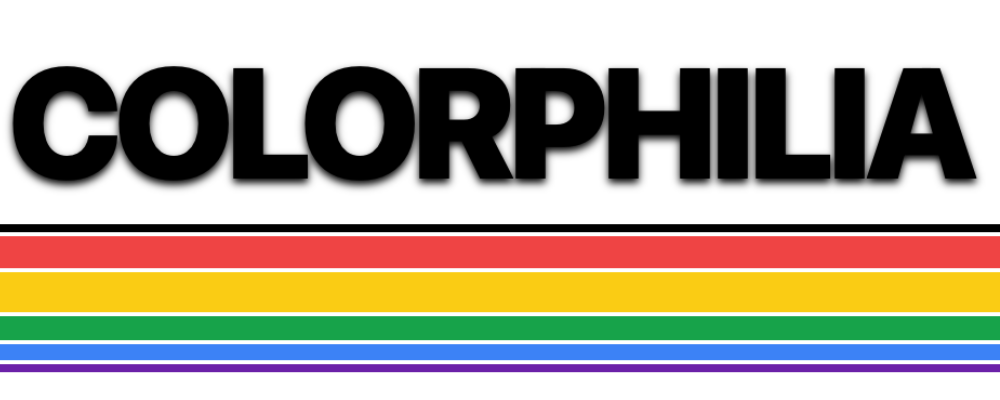Cheesy Flowers
Thoughts about cheese in Italy.

Ciao from Firenze (Florence), the birthplace of the First Renaissance.
Several Observations
In the six days since I arrived in Italy, which is admittedly my first time visiting the country, two things have really stuck out, and neither one has to do with gluten.
Observation #1: The Focus on Food Provenance
- I think I've previously mentioned the idea of the D.O.P. (denominazione origine protetta, or protected designation of origin), which not only links food to a specific regional area and terroir, but also a specific process must be followed, which can get very particular.
They are very careful to use the source and known process of the food in a dish. And it is a marketing term as much as it is a term of respect for the process.
On my first night in the country, I noticed a pizza on the menu which was simply described as D.O.P., meaning that each of the four or five ingredients came from a certain protected region, and were produced in a very particular way. That pizza cost a few euro more than the basic Margherita, even though it effectively had the same ingredients.
But it isn't like to simply putting a SUPREME label on a hammer and charging 10x the price. You know, without a doubt, where this was grown and how this was made. It allows for slight natural variance, but you can be assured that it was grown by a farmer somewhere specific.
There is respect for the land and the process. - I.G.P. (indicazione geografica protetta, or protected geographical indication) means that the product must come from a specific area and at least be partially prepared there, while following the traditional process of production. This seems to be used for fruits and vegetables, like Sicilian blood oranges (Arancia Rossi di Sicilia), Bell peppers from Senise (Peperone di Senise) or Sorana beans (fagiolo di Sorana).
- S.T.G. (Specialità tradizionale garantita, or traditional speciality guaranteed) means that the product can be produced anywhere, and use the name, as long as it follows the traditional process of production. Mozzarella is an example of this. Anywhere can make mozzarella, and legally call it "mozzarella". Though, if it is made using the milk of Italian buffalo in Campania, Lazio, Apulia, or Molise, it falls under the D.O.P. of mozzarella di bufala campana.
- I.G. (indicazione geografica, or geographical indication) which is a legal protected status that it must come from a certain region. For example, grappa must be made in Italy. In Colombia, I know from personal experience, it is called aguardiente.
Observation #2: White Milk Flowers
Keeping my first observation in mind, I noticed on a menu that something was described as mozzarella in English, but as fior di latte or fiordilatte (literally, Flower of the Milk) in Italian. To add to the confusion, there is also gelato (ice cream) described as gelato fiordilatte.
The term mozzarella is generally understood to come from mozzare "to cut off", as it is the Southern Italian process where a piece of semi-soft non-aged cheese made using the pasta filata method, translated very loosely as the "stretched curd" method. This is not a color-related word, so I really don't claim to know anything about it, and I wouldn't dare question the wisdom of the lexicographers who have come before me. Also, I'm not literate (by any measure) in Arabic, so I really shouldn't point out that the adjective for the word "stretched" in Arabic is مطول or muṭawal.
But that is probably very coincidental, not at all relevant, and still doesn't explain the milk flowers.
My handy 16th century hexaglottic dictionary by Lombard-native Ambrogio Calepino (or at least based on his dictionary), uses it to translate the (post-natal) term colostrum, but also brings a synonym capo di latte (the head of the milk). Both the fior and the capo can both be understood in either figurative ways (it is a spherical object that sits or rises to the top), or in metaphorical ways (it is the best). Fior di farina is the "finest flour", in the sense that it is the wheat flour which is sifted so thoroughly that only the smallest bits come through.
The process for making semi-soft cheese includes allowing curd from the fattiest (arguably the most delicious) parts of the milk to form, rolling it, and stretching it into balls.
A 1690 (Tuscan) Italian-English dictionary translates fiore di latte as the "cream of milk", which goes along with the whole "cream rises to the top" metaphor.
The same dictionary translates "curds" as gioncata fiorita, because I believe that gioncata means something along the lines of "joining together or adjoining".
If curds are considered "blooming young flowers" (from fiorito) that come together during the cheese-making process, then the bunch (or a bundle) of such flowers would be called a mazzo di fioriti, which is definitely also not related to the obviously different word mozzarella, as a mazzo is any bundle or bunch.
D.O.P. and IP
This isn't completely unrelated to color. Suffice it to say that mark in trademark probably originates in an Old Norse color word meaning dark, and patent originates in a color word with a connotation of clear.
This summer I've been doing a lot of research on the various aspects of IP (intellectual property), and exploring the various systems which exist to protect a creator's rights and allowing them to benefit from their creation, while still allowing others to use the intellectual property at the same time.
The easiest example of this can be found in the music industry, where the royalties system is somewhat automated, and recognizes both the original artist and the artist who sampled the original work. (I'm not calling the system perfect by any means.)
Trademark infringement, in my opinion, is an ethical issue, because the consumer believes they are purchasing a product created by a certain company who have a positive reputation, and in fact they are being misled to purchase something from a second company with an unknown reputation. (A famous case of this was when U-Haul stole the word "pods" in their marketing material from a company who had come up with the term. After being sued, they switched to using "U-Boxes", but people still will use the colloquial term of "pods".)
It can be said that the D.O.P. designation is an open patent, as the word patent comes from the Latin of patens, meaning being open or accessible. A patent has to lay out exactly how something works. Similarly, it's no secret (in most cases) what it takes to make a product with a D.O.P. designation. The artisan who is creating the product is connecting to the line of many generations of artisans who came before them.
Misusing a D.O.P., however, is like a trademark infringement, because the consumer thinks they are purchasing something which was created in the exact manner it had been produced for centuries, and in fact they are purchasing something that was grown in a different region and processed in a different way.
No one is preventing innovation or change with the D.O.P. classification, instead, it is requiring the innovator to admit that they are not creating the same thing as was previously created. It could be better, it could be more ethical, it could be tastier, but it's shouldn't be marketed as the same thing.
